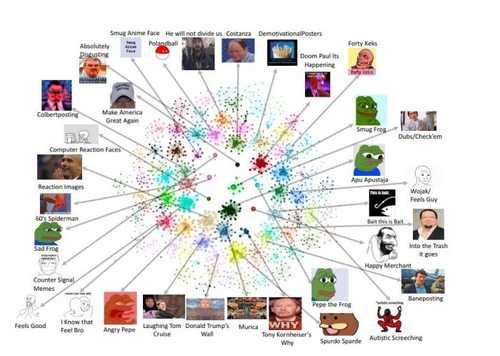This is where internet memes come from
Curated from: technologyreview.com
Ideas, facts & insights covering these topics:
3 ideas
·605 reads
6
Explore the World's Best Ideas
Join today and uncover 100+ curated journeys from 50+ topics. Unlock access to our mobile app with extensive features.
Origin of memes
The word meme was coined by the biologist Richard Dawkins in his 1976 book, The Selfish Gene. He defined it as ideas that could replicate, evolve, and enter popular culture in a process similar to the way genes spread.
Today, a meme is a variant of an image based on a common theme that has spread widely. It is often funny but also carries political messages.
27
170 reads
Attention hacking
Several online communities focus on creating and spreading memes, so the idea becomes viral. These communities have become very influential.
Little is understood about the way memes spread or how they influence.
25
314 reads
Generating memes
Researchers have gained some understanding of why some memes spread widely, while others quickly die away.
One component is to ensure new offspring are continuously produced. It suggests that if anybody wants to become more influential, they could set up a meme factory that produces large numbers of variants of other memes.
24
121 reads
IDEAS CURATED BY
Ishank R's ideas are part of this journey:
Learn more about personaldevelopment with this collection
Cultivating a growth mindset and embracing challenges
Developing adaptive thinking and problem-solving skills
Effective learning frameworks and approaches
Related collections
Similar ideas
5 ideas
The surprising academic origins of memes
theconversation.com
4 ideas
Living a Lie: We Deceive Ourselves to Better Deceive Others
scientificamerican.com
6 ideas
Read & Learn
20x Faster
without
deepstash
with
deepstash
with
deepstash
Personalized microlearning
—
100+ Learning Journeys
—
Access to 200,000+ ideas
—
Access to the mobile app
—
Unlimited idea saving
—
—
Unlimited history
—
—
Unlimited listening to ideas
—
—
Downloading & offline access
—
—
Supercharge your mind with one idea per day
Enter your email and spend 1 minute every day to learn something new.
I agree to receive email updates
